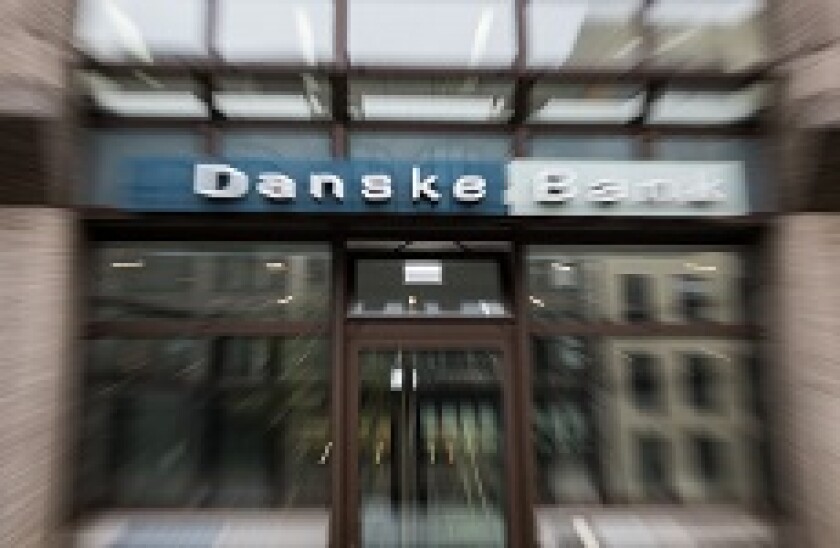DCM bankers are pretty clear on why the world needs a booming green bond market: fighting climate change ain’t cheap and capital markets should play an important role in coming up with the necessary financing.
After all, the OECD reckons that $6.9tr of investment a year is needed up to 2030 to meet the goals set out in the 2016 Paris Agreement. By comparison, 2018’s global green bond issuance of $167.6bn looks paltry.
But it is worth remembering that not all socially responsible investments can have the same impact, and it is up to those involved in this growing market to distinguish between what is good and what is less so.
Unfortunately, in coming up short in size, the green bond market is also doomed to come up short in performing its role as an adjudicator.
Take Danske Bank’s debut green bond this week. A lender of Danske’s size is well within its rights to turn to the green bond market to finance a portfolio of green loans. But the bank is subject to multiple investigations over $200bn of suspicious payments processed by its Estonian branch.
You might, therefore, have thought that it would lose some brownie points on its first green outing. But it’s hard to see how the deal could have gone any better. It raised €500m from 250 investors at a level that was right on top of fair value.
The problem is that funds don’t have enough choice. A deal like Danske’s, at a healthy 165bp over swaps, doesn’t come around often enough for investors to pass on it.
If the green bond market is going to become more discerning, it simply needs to be bigger.
